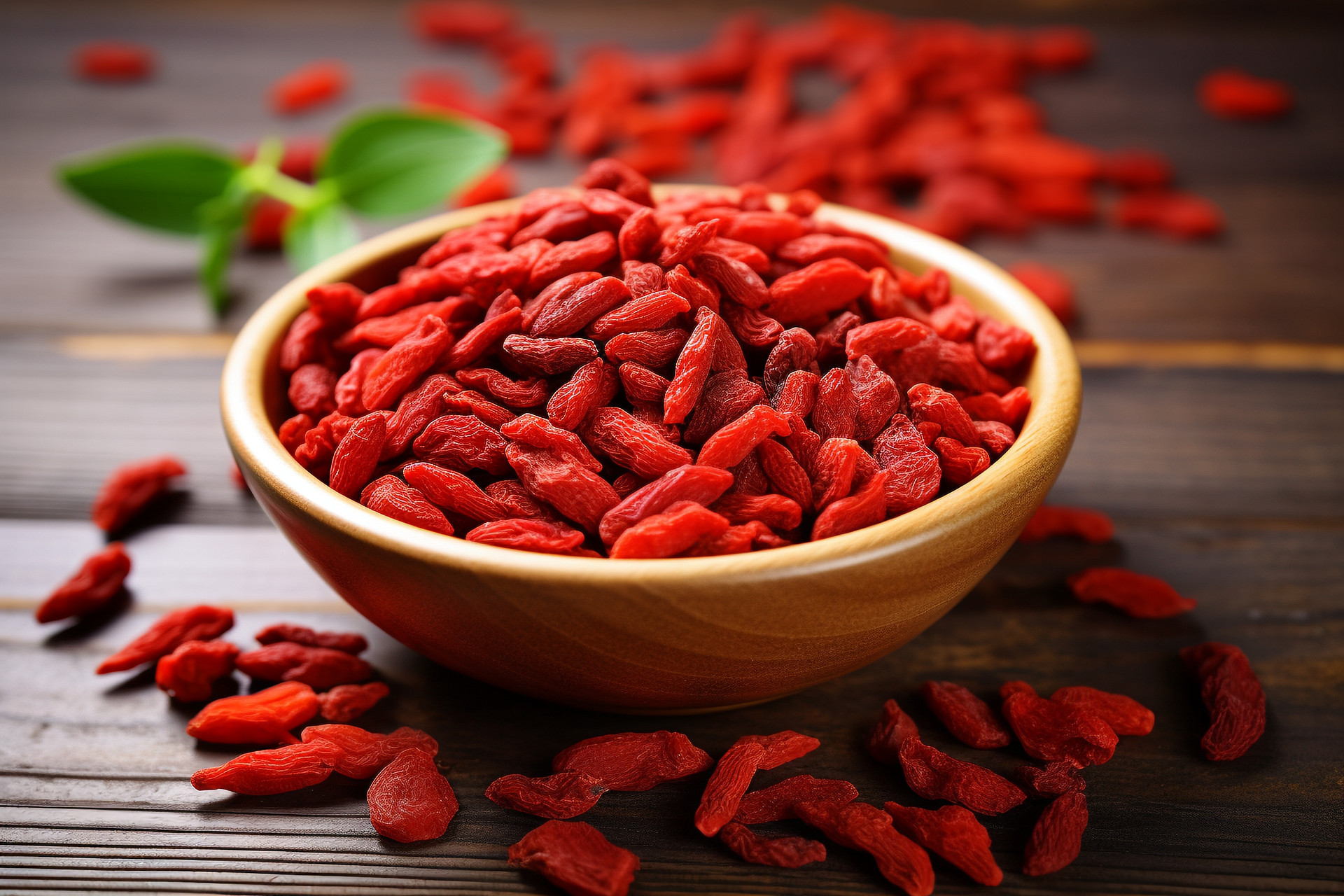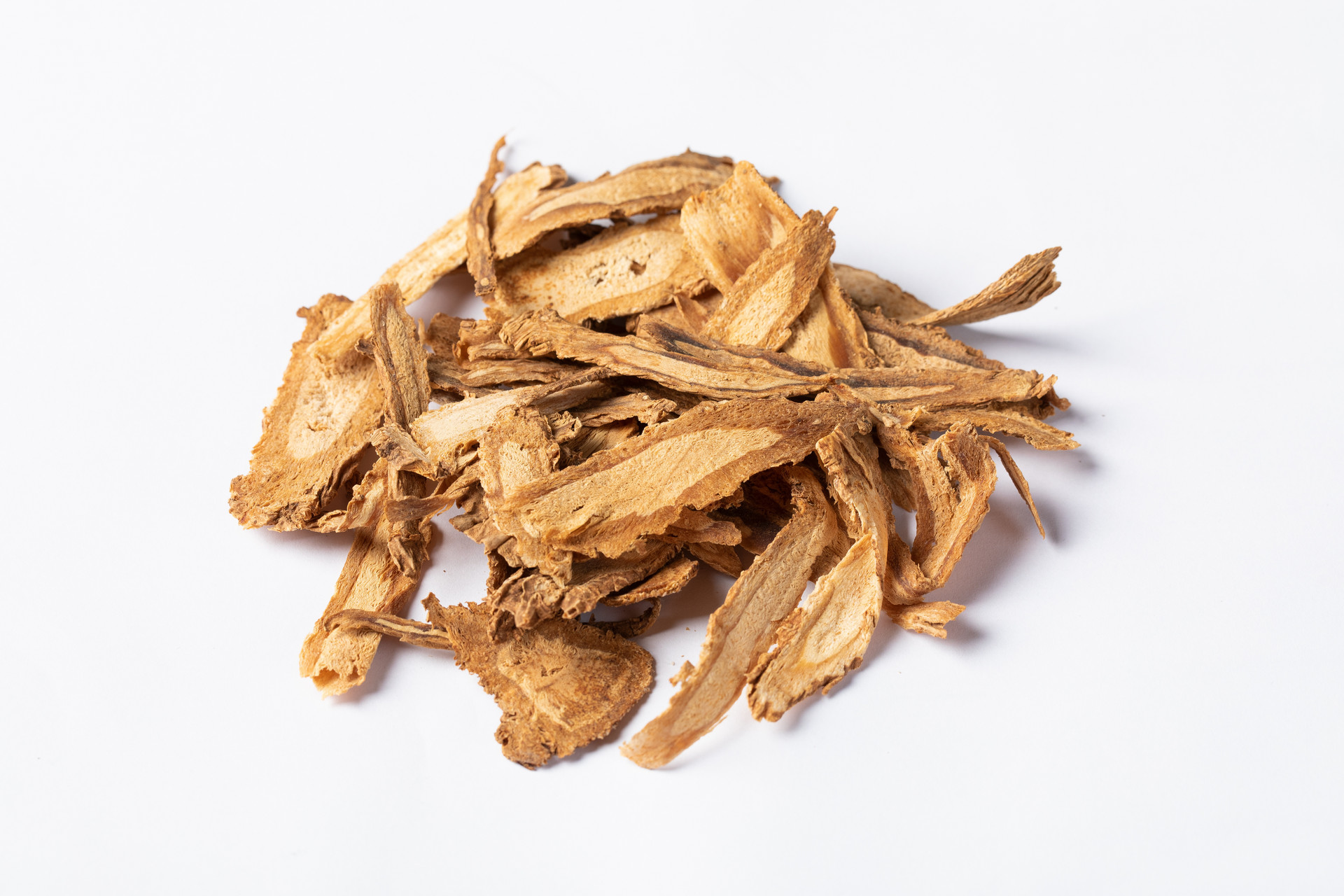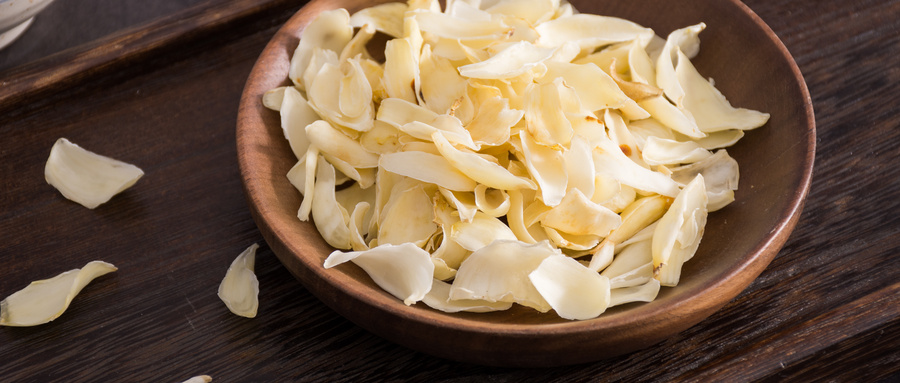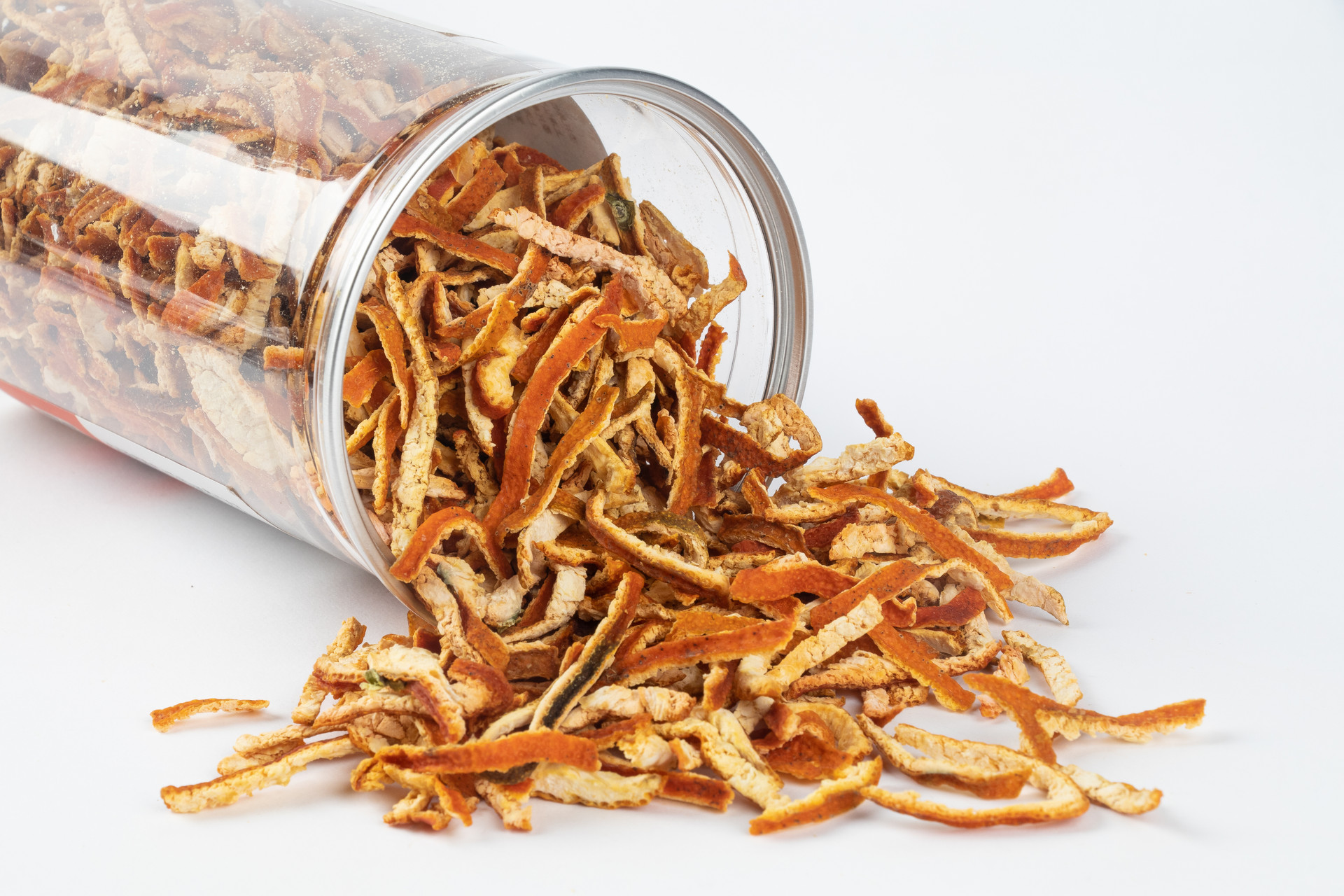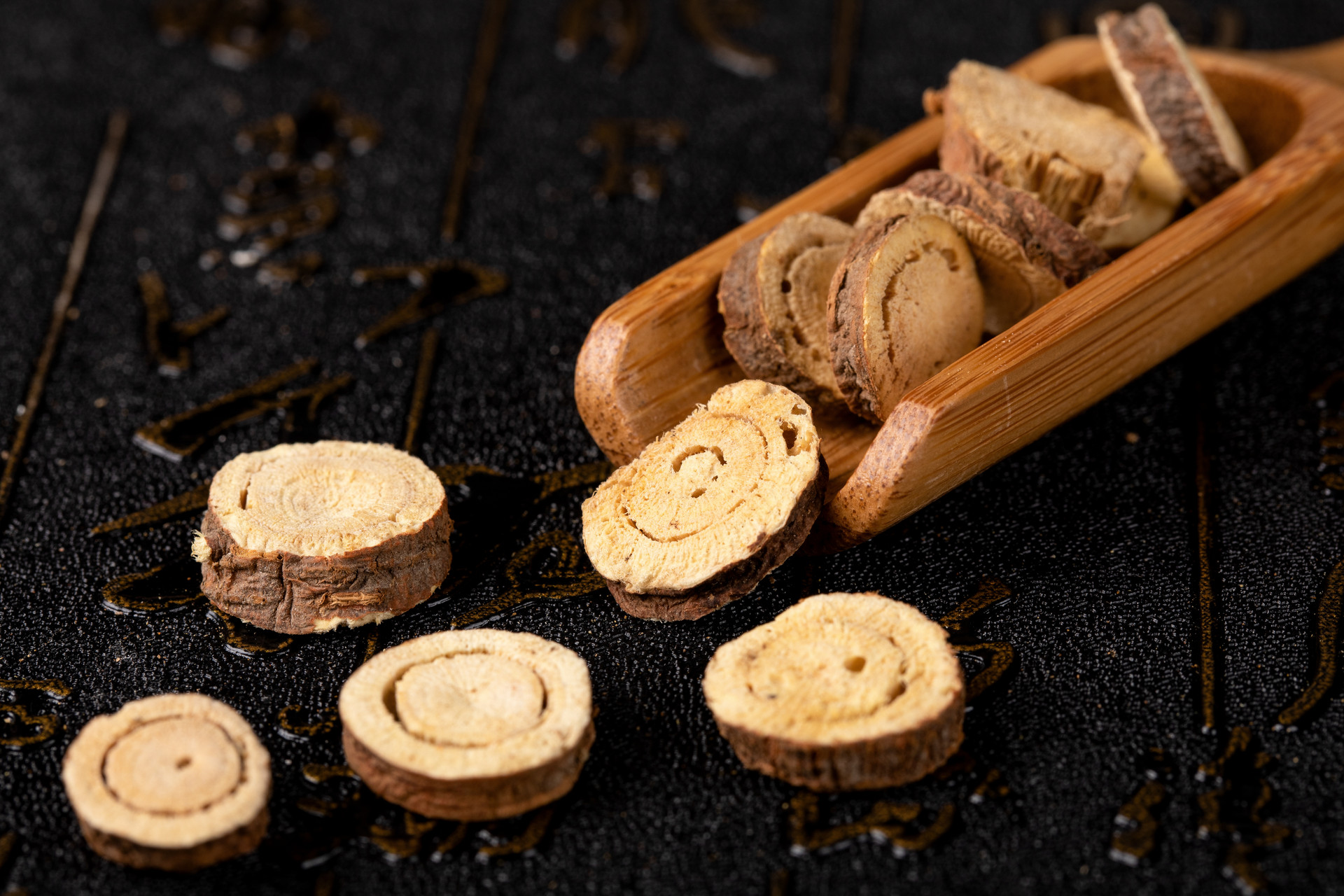The article talks about the processing method and medicinal properties of cow horns. Cow horns are the bone horns of the water buffalo (Bubalus bubalis Linnaeus) or domestic cattle (Bos taurus domesticus Gmelin). They are collected at the slaughterhouse, boiled, and then the internal bone horns are removed. After washing and drying, the cow horns are ready for use.
【Processing Method】1. Cow horn slices: According to the "Wei Ji Bao Shu" book, the cow horns are cut into slices. In the current practice, the original medicinal material is split open, soaked in hot water, and then dried. Alternatively, the cow horns can be soaked in water at room temperature for 48 hours, drained, the bone plugs removed, and then cut into thin slices using a cutting machine.
2. Cow horn powder: The original medicinal material is purified and ground into powder.
【Appearance】Cow horn slices are irregularly shaped and have a yellow-brown, gray-black, or brown-black surface with inconspicuous fine textures. The horns are hard and have a keratin texture. Cow horn powder is gray-white or gray-brown in color, lightweight, and slightly shiny. It has a faint odor and a mild taste.
【Medicinal Properties】Cow horns have a bitter and cold taste. They have the functions of clearing heat, detoxifying, cooling blood, and stopping bleeding. They are used for conditions such as high fever in febrile diseases, delirium, wind-heat sore throat, carbuncles, blood stranguria, vomiting blood, excessive menstruation, and hematuria. By slicing the cow horns into thin and uniform pieces, their solubility is increased, and the medication is easier to crush. Cow horn powder facilitates the extraction of active ingredients in decoctions and is convenient for preparing formulations. Clinically, cow horns can be used as substitutes for rhinoceros horns.
【Research on Processing】Cow horn slicing was first mentioned in the "Wei Ji Bao Shu" book. In ancient times, cow horns were often carbonized, but now they are sliced or ground into powder.
Cow horns can be used as substitutes for rhinoceros horns and both contain cholesterol, alanine, arginine, aspartic acid, cysteine, leucine, proline, tyrosine, histidine, and valine, as well as alkaline peptides, guanidine derivatives, proteins, sterols, and other substances that can be hydrolyzed into aspartic acid. Electrophoresis of the water buffalo horn extract revealed the presence of three anthraquinone-positive substances, which can be hydrolyzed into cysteine. The composition of cow horn slices and powder does not change significantly after processing.
A new method for processing water buffalo horns using the WZO-3 type rotary cutting machine has been developed. It shortens the production cycle from 4-5 days to 2-3 days and produces thin and uniform slices, which improves the quality of the medicinal products.




